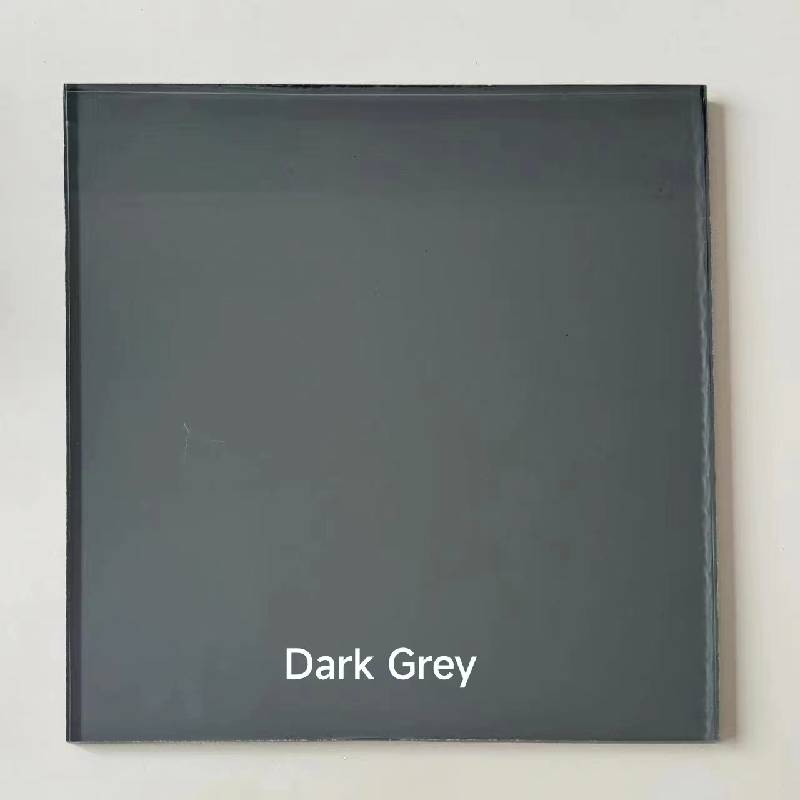

The Beauty of Decorative Glass Windows
Decorative glass windows have captivated art enthusiasts, architects, and homeowners alike with their intricate designs and ability to transform any space. These stunning architectural elements have a rich history, showcasing the interplay of light, color, and craftsmanship. From ancient cathedrals to modern homes, decorative glass windows serve not only as functional components but also as artistic statements that enhance the aesthetic appeal of their surroundings.
Historical Significance
The origins of decorative glass windows can be traced back to the ancient civilizations of Egypt, Greece, and Rome, where glass was used primarily for its practical benefits, such as light filtration and weather protection. However, the true artistry of glass windows emerged during the medieval period, particularly in Gothic cathedrals. Master craftsmen created elaborate stained glass windows that were laden with biblical stories and vibrant imagery. These windows did not merely serve a decorative function; they also provided a means of education for the largely illiterate populace of the time.
As the centuries progressed, the art of decorative glass continued to evolve. The Renaissance period saw advancements in techniques and materials, leading to more detailed and colorful designs. Artisans began to experiment with different methods such as painting, etching, and layering, allowing for a greater range of expression. The Baroque and Rococo periods further pushed the boundaries of decorative glass, resulting in windows that were not only functional but also grandiose works of art.
Modern Applications
Today, decorative glass windows are found in a variety of settings, from religious buildings to private residences. They have become a favored choice for homeowners looking to create a unique ambiance in their living spaces. Modern decorative glass windows can feature a range of styles, including Art Nouveau, Art Deco, and contemporary minimalist designs. These windows often incorporate materials such as frosted glass, colored glass, and even integrated LED lighting, allowing for stunning visual effects.
Homeowners increasingly appreciate the versatility of decorative glass
. Whether used in entryways, bathrooms, or as room dividers, decorative glass windows can create a sense of privacy without sacrificing natural light. The interplay of light through these windows can dramatically alter the mood of a room, casting colorful shadows and illuminating spaces in unexpected ways.
Eco-Friendly Solutions
With the growing emphasis on sustainability, many glass artists and manufacturers are focusing on eco-friendly materials and processes. Recycled glass is gaining popularity, not only for its environmental benefits but also for the unique aesthetic it offers. Artists are finding innovative ways to incorporate reclaimed glass into their designs, creating one-of-a-kind installations that tell a story while minimizing waste.
In addition to being environmentally friendly, these glass windows also help improve energy efficiency in homes. Modern glass technology allows for better insulation and UV protection, ensuring that indoor environments remain comfortable while reducing energy costs. By investing in decorative glass windows, homeowners can enjoy aesthetic beauty while also contributing to a greener planet.
The Craftsmanship Behind Decorative Glass
The creation of decorative glass windows is a labor-intensive process that requires a high level of skill and artistry. Each piece is meticulously crafted by skilled artisans who understand the nuances of glass manipulation. From design conception to execution, the process can involve multiple techniques, including glassblowing, glass fusing, and hand-painting. The result is a piece that is not only visually stunning but also a testament to the craftsmanship that goes into each window.
The collaboration between artists and architects is essential in creating windows that harmonize with the overall design of a building. The placement, size, and design of decorative glass windows are carefully considered to ensure they enhance the architectural vision while providing the desired visual impact.
Conclusion
Decorative glass windows are more than mere elements of design; they are artistic masterpieces that enhance the beauty and ambiance of any space. With a rich history and a promising future, these windows continue to inspire and awe, showcasing the artistry and craftsmanship that define their creation. As homeowners and designers increasingly embrace the charm of decorative glass, it is clear that these luminous artworks will hold a cherished place in architecture for many years to come. Whether in grand cathedrals or cozy homes, decorative glass windows will always be a bridge between utility and beauty, reflecting the light of artistry in our lives.